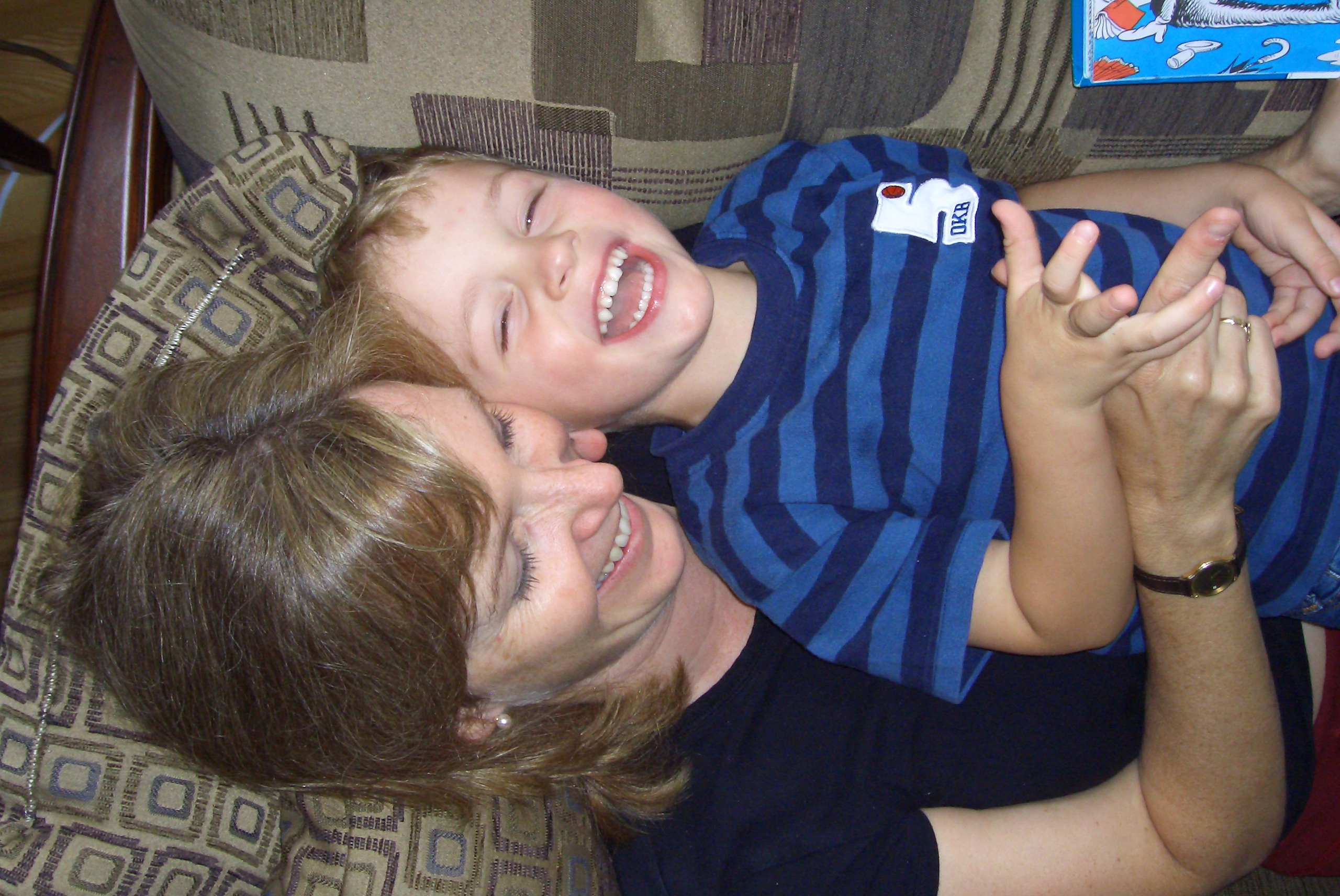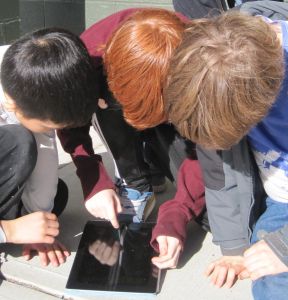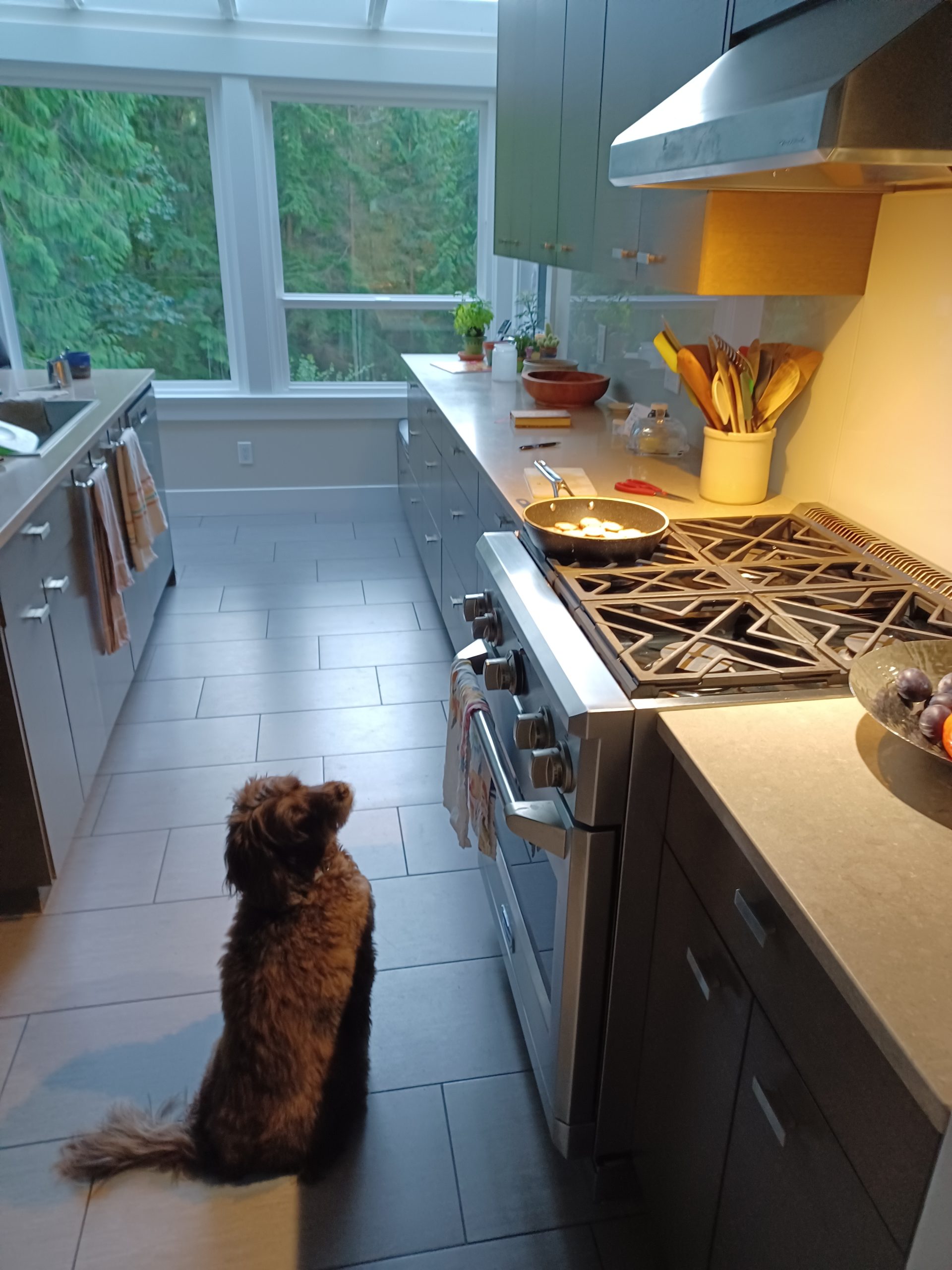Zevenaar. Our second home exchange. To use a western North American euphemism…it’s a bit of a one horse town. Which is apt since this past weekend one of its big summer attractions was its annual country and western music festival! Oh boy. Just what I came to the Netherlands for!! My husband is from Montreal and therefore should disdain anything western. He should certainly not be interested in country or western music. He was all excited about this music festival. “Good grief!” I said. I did NOT come to Europe for the summer to go to a country and western festival in some small town in the Netherlands! But to be fair, his excitement was about the chance to “go native”: to drink and dance with the locals regardless of the music. Only his aching jaw and subsequent root canal prevented him from participating in the line dancing and two stepping that was going on in the village’s various squares.
My daughter and I did, however, (in my attempt to add incentive to her completing her summer math tasks), end up taking in some of the festival during a little shopping expedition. Being of farming family heritage, I do appreciate small doses of SOME country music. Not a lot. I subscribe to the belief that most country music consists of titles like “I’ve got Tears in my Ears from Laying on the Floor Crying over You”. But in the right context, country and western music is fun. And I have been known to get down to a Shania Twain tune at a cousin’s wedding, or sing along at my uncle’s house to Kenny Rogers’ “The Gambler”, and thoroughly enjoy both.
But travelling Dutch country and western artists in Zevenaar have scarred me for life. How will I get the sounds and images of Paul Simon’s “The Boxer” with a country down beat and twang out of my head? That is a great song and I am a fan of Simon and Garfunkle. And obviously my daughter has my husband’s genes since it took all my strength to keep her from dragging us into the Stetson-hatted two-stepping group line dance. But I won. We didn’t. I know, I’m no fun. But it was 32 degrees and I was hating what they were doing to a song I like.
However, I think out of homesickness only, the four of us did wander into the performers’ camp one evening before the festival and my husband’s tooth took over. Their campers and motor homes were grouped together on our walk home from the best ice cream since we left Italy. We spied a Canadian flag on the side of a trailer. “Lets go say hi!” I said, and so we wandered through the sea of cow hide rugs (?), American flags and steer skulls with white horns attached to the trailers. We kept going towards the end of the line where a red maple leaf emblazoned on the side of a smallish polite-looking caravan beckoned. Sadly, no one was home.
I was surprised at my disappointment and it made me realize what an island our family has become…travelling in foreign countries, finding few conversation partners since we’re so unilingual, and not having the connections we’re used to in our home community…This sentiment was driven home yesterday in Utrecht when we discovered our waitress had spent six months in Lethbridge, Alberta. It was a thrill to meet someone who shared a common experience (yes, I’ve been to Lethbridge more than once).
I am looking forward to Stockholm and being in the company of our good friends! We leave tomorrow. Being in Zevenaar has been about inventing our own fun. Invariably, the response in town when asked where we’re from is: “WHAT are you doing HERE?” It’s not a place to visit, it’s a place to live. And that’s what we’ve been doing, with the exception of a fun overnight trip to Maastricht, and some day trips into Germany…which is a handful of kilometers away.
And maybe this sense of disconnection is why I was determined to follow through and go see Private Walford’s final resting place. I didn’t come to Europe for this lesson in Canadian contributions to ending WW2 and liberating this part of Europe. But I’m glad I discovered it. Here’s a bit more about that…
This memorial stands in Groesbeek Canadian War Cemetery about ten kilometres southeast of the Dutch town of Nijmegen. It commemorates, by name, those members of the Commonwealth land forces who died during the campaign in Northwest Europe between the time of crossing the Seine at the end of August 1944 and the end of the war in Europe. At the memorial, it says:
“THESE WALLS BEAR THE NAMES OF THE SOLDIERS OF THE BRITISH COMMONWEALTH AND EMPIRE WHO FELL IN THE ADVANCE FROM THE RIVER SEINE THROUGH THE LOW COUNTRIES AND INTO GERMANY BUT TO WHOM THE FORTUNE OF WAR DENIED A KNOWN AND HONOURED GRAVE AUGUST 1944 – 5TH MAY 1945”
103 of these 1000-plus men were Canadian. This is the only physical place their families have to come and remember them since their bodies were never found.
During the winter of 1944-45, the Canadian Army held a line of more than 322 kilometres, extending from near the German frontier south of Nijmegen, along the Maas River and through the Dutch islands to Dunkirk on the Channel coast.
In one of the most decisive Rhineland battles, the First Canadian Army broke through the strong defences of the Siegfried Line in the Reichswald Forest south of Nijmegen in February. Then through March and April the Canadian Army cleared the Netherlands and joined with British forces in a drive northeastward to the Baltic. Fighting ended on May 5, followed by the formal surrender of the German armies in Northwest Europe two days later.
I know it’s not fair to say Canadians ended the war in Europe. But we kind of did. I think many Dutch people see it that way, and in this part of the Netherlands, they all seem to have stories of family members who were liberated by Canadians. Still. Almost 70 years later. Canadian soldiers are well remembered here.
Like other Commonwealth War Cemeteries around the world that rest on former battlefields, this one at Groesbeek stands on the front line that the Canadians held through that awful winter of meager supplies and extreme cold. Simple but poignant epitaphs inscribe the gravestones for sons, husbands and fathers. Many ended their short lives weeks and days before May 5th, 1945. Red poppy wreaths delivered last November 11th sit faded, but intact, on the footsteps of the memorial, and sepia photographs of smooth cheeked, uniformed young men perch at the foot of some gravestones.
It’s hard not to feel sad. And proud. And I’m not sure why I can’t stop crying when I write this, but it somehow feels appropriate.





Yes, it seems to be time for you to leave the weird Netherlands and go to beautiful Sweden. Yes, we are your friends, and we look forward to see you very soon. No WW2 monuments around – Canadians have have never ended (or started) any war (outside the hockey rinks) in our un-crowded and peaceful outskirt of Europe. Åke
When i read your blogs, I can close my eyes and imagine myself in all these wonderful places that you have been to. I call this amazing writing skills. i think me and you should go on a europe trip together, that would be so great……….. all we have to do is to have someone pay for it!!! i was behind on reading your blogs, but i am all caught up now! i still dont get an email notification though!!!
That’s weird…but then I’m no technological bright light. I’m grateful you keep checking in to read the entries, and that you enjoy them. I have fun writing it and I’m glad to hear the places come alive for you. We’d be so good at being rich, you and I. Europe…look out!